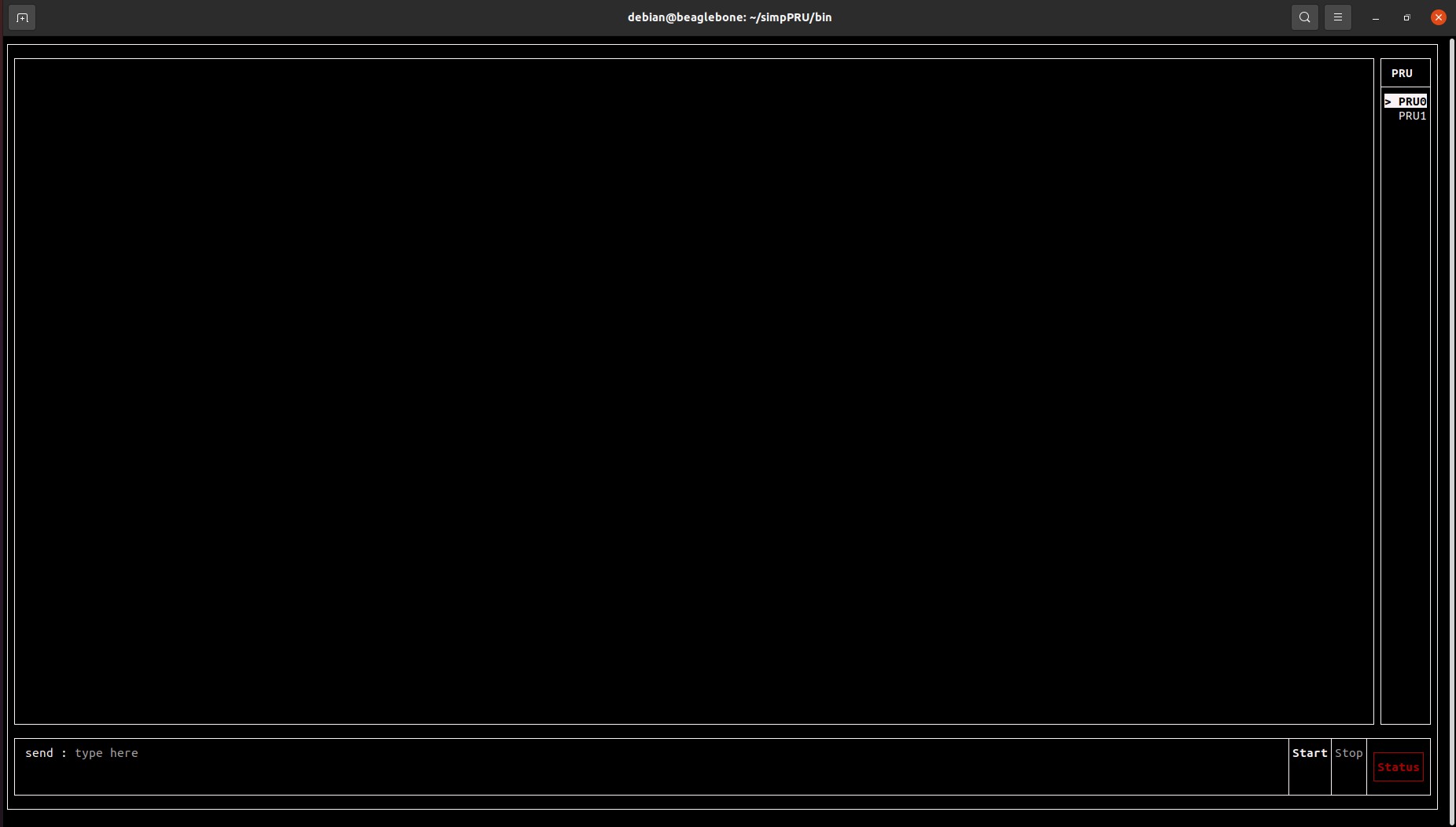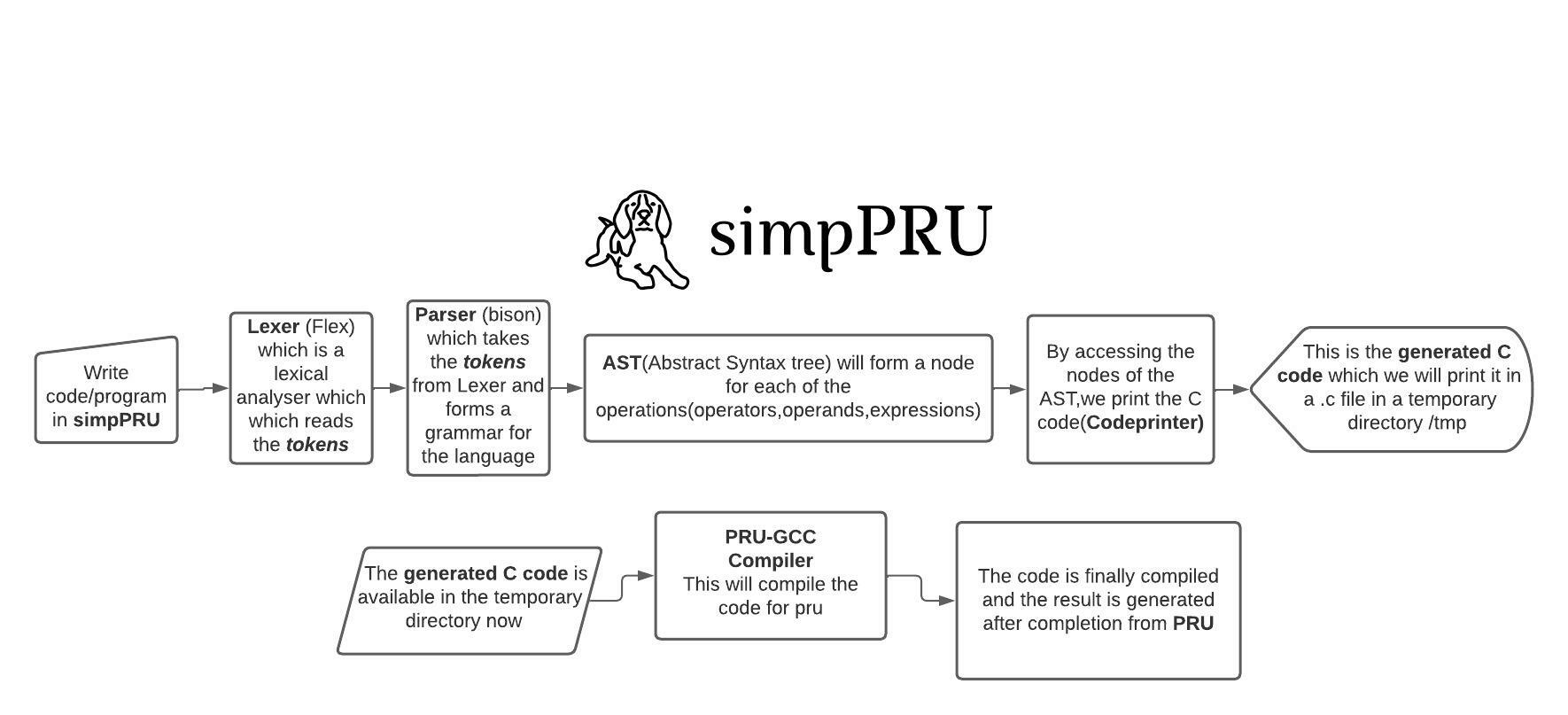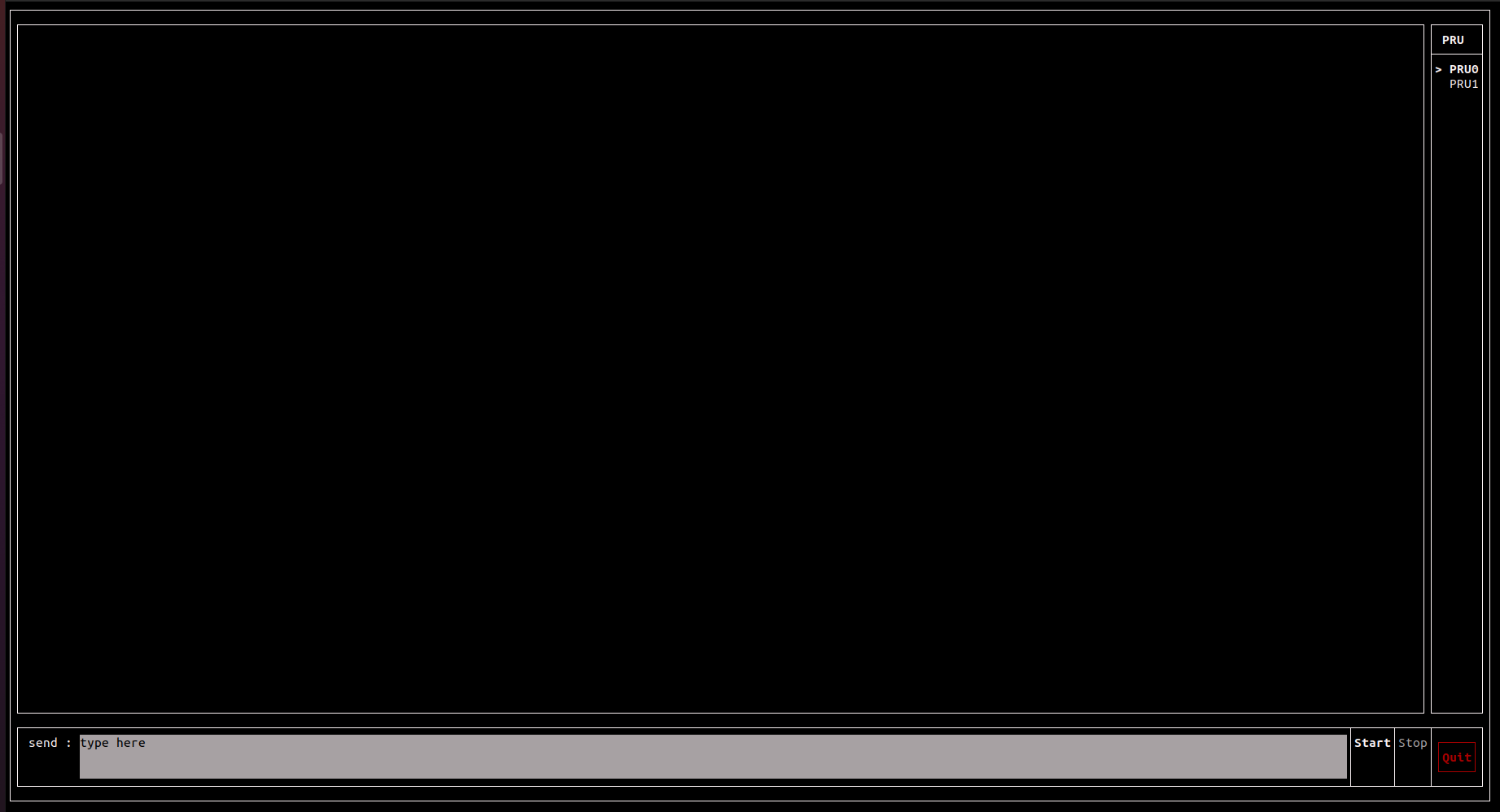Blog(GSoC 2022)
Hello there!,
This is my blog regarding my experience with the project idea of Adding features to simpPRU which I am doing under the Google Summer Of Code 2022.
Student Application period
The journey starts from the pre-gsoc period of undertanding of what was simpPRU,when Vedant Paranjape introduced me to his masterpiece about what it was,how it was generated ,what was the purpose of it.I was having a basic understanding of compiler at that time as I had some exposure of trying out the GCC.The project idea itself gave a good insight about the usefulness of simpPRU and the tools used to build it was of great importance in terms of parsing in compiler.
The concept was quite interesting and had decided to give a shot to apply for the project of Adding features to simpPRU and started exploring its codebase.When I decided to go for this project,I read about the previous year projects in BeagleBoard.org,to know more about the Organization and its working culture.
In the early stages of exploring the codebase of simpPRU,I had a bit of difficulty in understanding the process of its working.The lexer,parser was comprehensible but the further part from the integration of Codeprinter to print the values,expressions that were stored in ast was the main part which I could not catch at the first place but once understood I was through with it.
The culmination week was here which was the decider for the selections,Anxiety and excitement was at its peak to know the results.On May 18,there was some activity on the GSoC dashboard where the proposals were rejected or just a blank,this created a lot of anxiousness and panic for the coming times.Finally,it was May 20,2022 and what I was longing for was in front of me,
Coding period
Now getting into the Coding Period after the selection procedure where we had a Introductory meet for all the GSoC students of the current year 2022 in BeagleBoard.Org.
Kicking off with the intial phase of coding I went through the PRU CookBook to know more about PRU and its working.I had a pocketbeagle with which I was experimenting with simpPRU console and trying out basic examples. The first task of coding started with adding python testsuite to Github Actions.I was ready with this by adding the python test script in .yml but it failed on arm32 as setup@python does not work for arm and a Dockerfile had to be written to overcome this.Next I tried out the arm32v7 image for python in Dockerfile but even that did not turn out well.I familiarized myself with docker was trying to use the original image with apt install python3 but did not change the build script.
echo "Running make"
make -j 8
echo "Running make install"
make install
echo "Running make package"
make package
echo "testing simppru"
cd ..
python3 test.py <-----
But this was the catch where the python script had to be run after compiled binary in build script.Vedant merged this for which I was stuck for a while and the Github Actions now succesfully ran the testscript giving the results for testcases.
Now there were two new problems which came into limelight that even though the tests failed in the Github Actions it gave a green signal as the .sim files(testcases) ran succesfully irrespective of its output.Pratim Ugale suggested that we should add an exit code so that Github Actions can display the bug in testing script.This script in Actions had to be successful only if script in Actions passed so for this I added the exit code for failure of testcases which gives a failure in Github Actions in case of error/bug in testcase.
THe second bug which arised was arm32 was failing in one testcase where it gave a different output unlike the expected one.It was a hexadecimal number which had to negated,for edge cases as such strtol() gave a width of 32 bits for reading the input.
{integer} {
/*octal if first digit is 0, hexadecimal if first two characters are 0x or 0X, decimal otherwise*/
yylval.integer = strtol(yytext, NULL, 0);
return CONST_INT;
}
So as to resolve this I used strtoll() to provide a 64 width for input which works well with this.
Entering into the Week2 I had planned the Auto-toggle button for the PRU Status,for this I had to see the condition for the state of the PRU whether running or offline in the remoteproc.
int bits_read = read(remoteproc_start, state, sizeof(char)*7);
if (!strcmp(state, "offline") && bits_read > 0)
{
k=0;
}
else
{
k=1;
}
The button is designed as an autotoggle which depending on the state of PRU gives the highlight of green which means on and red for off.This gives an intuition about the status of the PRU you are working on.The PRU you load on is the one which you can see the status.
Component button = Button(" PRU ", NULL);
This button is generated with an empty function for Button Component in FTUXI due to which it does not eed a manual click and goes for an uncontrolled exit on a click.
For the week3 and week4,I had already planned and was ready with half of the work to be done which had I had completed in the pre-gsoc period as this part was a pretty easy.I had planned to add the Add,Subtract,Multiply and Divide assignment operators covering the basic operations which would be really useful for computation and in a faster way.
In the week4,I had planned to add the bitwise left-shift,right-shift assignment operators and bitwise OR,AND assignment operators.This will give us additional operations which can be used in simpPRU.
This snippet is where the magic is done…..
$1->data_type = DT_INTEGER;
$1->value = $1->value operator $3->value; // where operator is +,-,*,/
$$ = create_operator_assignment_node($1, $3);
The blocker in this which I encountered with was I got repeated errors of midrule-actions when I used to put many assignment operators together and error used to get resolve on its own without any change but could not exactly figure why did it happen,as the midrule conflicts happen when identical actions are introduced into the two rules but anyway I am through with it.
I just had to test thoroughly for its working in simppru and simmpru-console.Many a times I used to run the current simppru rather using generated binary simppru which was updated.
Archisman addressed me with this part and adviced me the to check the generated C file whether things intended are printed in the correct way.
The week5 was a bit challenging as I had to get the values of ring testing circuit with simpPRU language and then compare with PRU C that how efficient or better it was in comparison to PRU C.It is basicaly the GPIO test measures how quickly pins can communicate with a processor core.
Here is a glimpse of the ring testing circuit….

So I had decided to first check the PRU C frequency values which were published in the paper(https://pub.pages.cba.mit.edu/ring/).While actually testing with my oscilloscope I did not get this desired value and got values in different ranges without a constant value or a definite range.The first thing I made sure was to double check the circuit if everything was well in place.I tried flashing different testing codes given in PRU Cookbook and they were working perfectly.
So,the blocker remains that until I get the values already published in the paper,I cannot rely on the values that are being obtained b simpPRU.Once I get the correct values in PRU C equivalently at the same time I can test with simpPRU.
Coming to the week6,Initially I had used
The second phase of coding period had commenced after the evaluation period was over. Vedant suggested and adviced me to improve my quality of code as it needs to maintain the standard and convention of codebase.
Now the tasks which were lined up were to add column number support for precise error location followed by fixing the support of calling the return statements anywhere in the function body.I had added the support for column number for precise error location in resolving errors.The yylloc helps in getting the column number of the error location.
static void updating_column()
{
char* s;
yylloc.first_line = curr_line;
yylloc.first_column = columnnumber;
for(s = yytext; *s != '\0'; s++)
{
if(*s == '\n')
{
curr_line += 1;
columnnumber = 0;
}
else
{
columnnumber += 1;
}
}
yylloc.last_line = curr_line;
yylloc.last_column = columnnumber - 1;
}
#define YY_USER_ACTION updating_column();
The support for return statements was the challenging part, I had planned different approaches in the start which was to add define return statements in the grammar itself within looping structures and conditional block.But these have limitations of having a fixed grammar of using return statements irrespective of the choice of user.This method was not feasible.Then I had planned of adding something like compound statement with a return statement in the end but even that was not a good convention either.
compound_statement: LBRACE statement_list return_statement RBRACE {
$$ = $2;
}
;
The third task of the second evaluation was to write a research paper which had to be published on simpPRU,I had prepared a draft of it and was ready with it.The need, methodology and implementation of simpPRU had been mentioned in the research paper.The research paper cannot be published at present as it needs more information and research in this area.

The fourth task was I prepared myself with the conditional operators which I had planned along with unary operations which included unary increment and decrement.I was referring some resources where I got a click of adding conditional operators.I had tried to maintain the grammar of it similar to that of C syntax.With addition of this the user work with conditional operators for a single condition with two cases.The grammar that is defined is as follows
conditional_operator: arithmetic_expression OPR_ASSIGNMENT boolean_expression QUESTION arithmetic_expression COLON arithmetic_expression SEMICOLON {
$$ = create_conditional_operator_node($1, $3, $5, $7);
}
| boolean_expression OPR_ASSIGNMENT boolean_expression QUESTION boolean_expression COLON boolean_expression SEMICOLON {
$$ = create_conditional_operator_node($1, $3, $5, $7);
}
;
I was also planning for a quit button feature which can be included in the console as control+C is not a suitable convention.I was stuck on this for a lot of time ,it was the type which was hindering the process and later used lamda function for referencing it, Shreyas Atre assisted me with this who had a prior experience if using FTUXI in his beagle-config project during his GSoC 2021.

The final task which I decided to end with was to add a basic support for AI-64 in simpPRU, at least detection of device and a binary to be loaded gets generated…